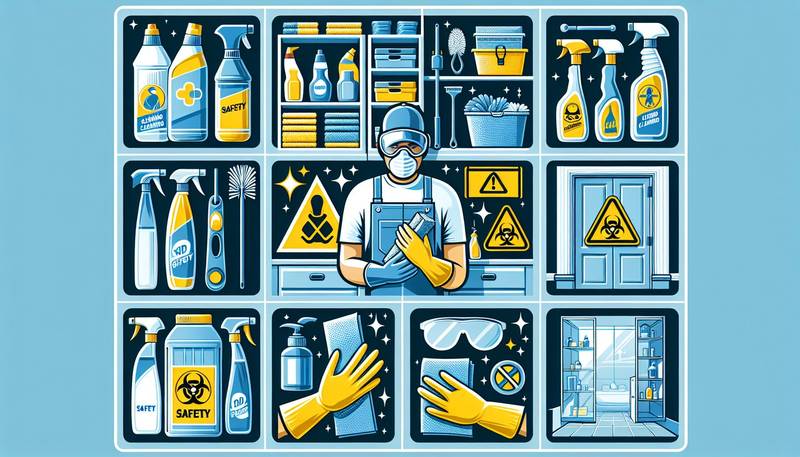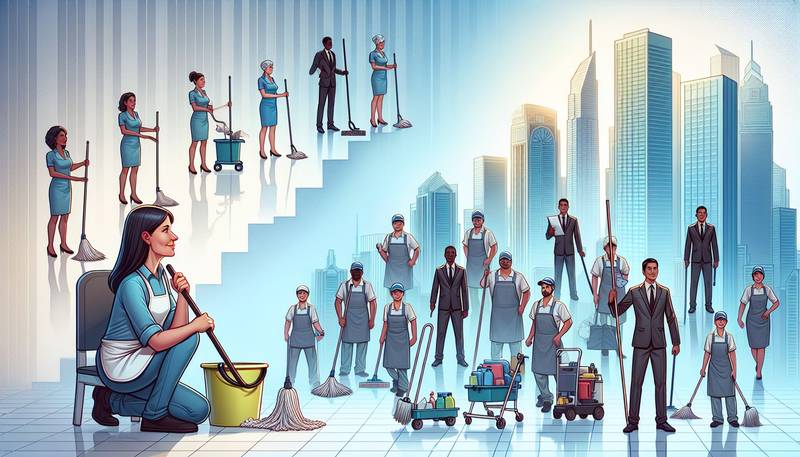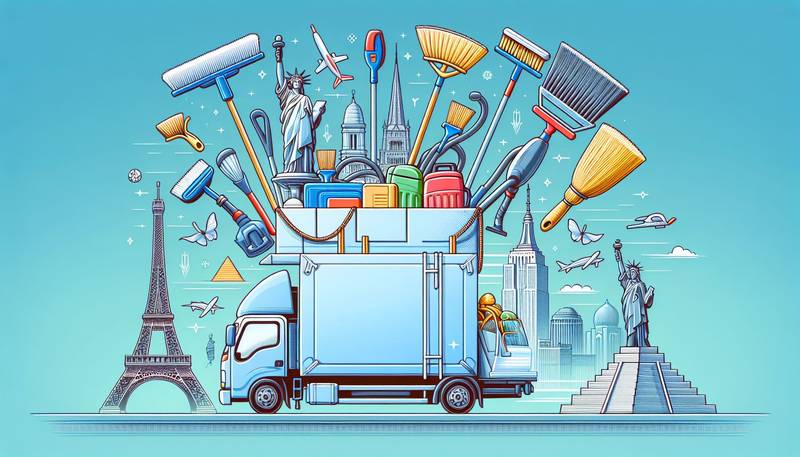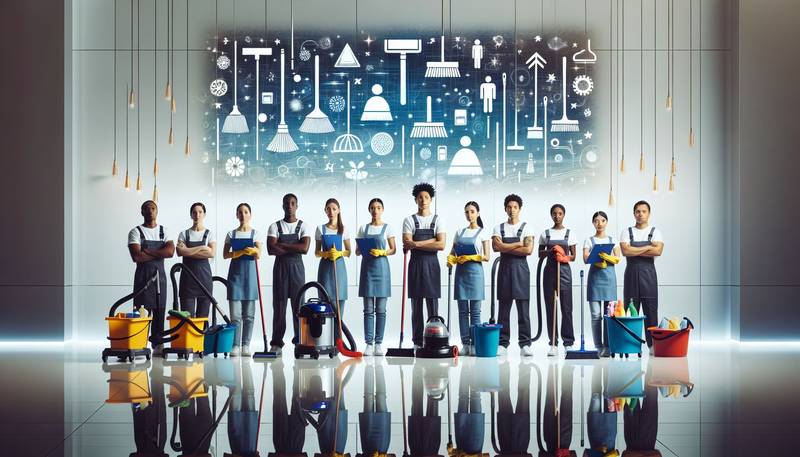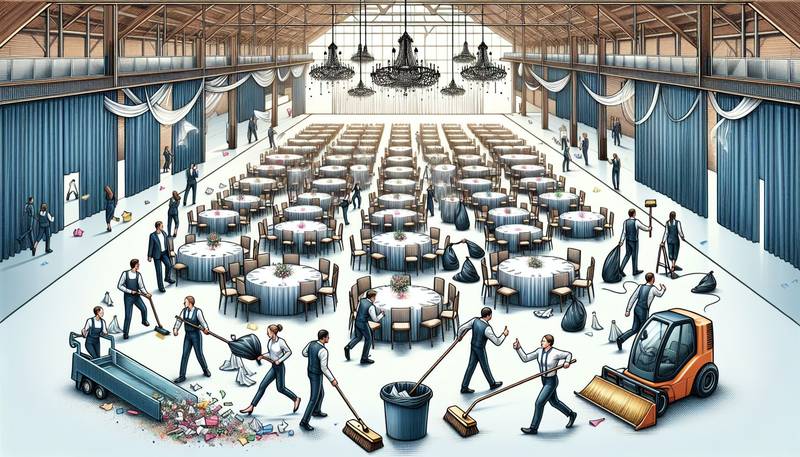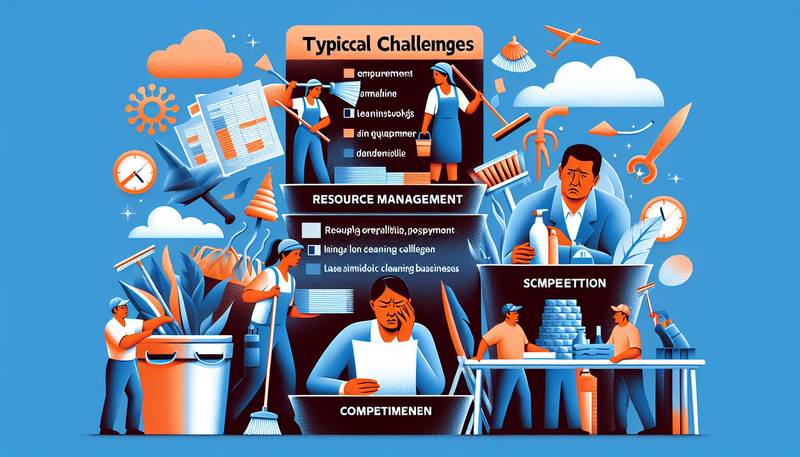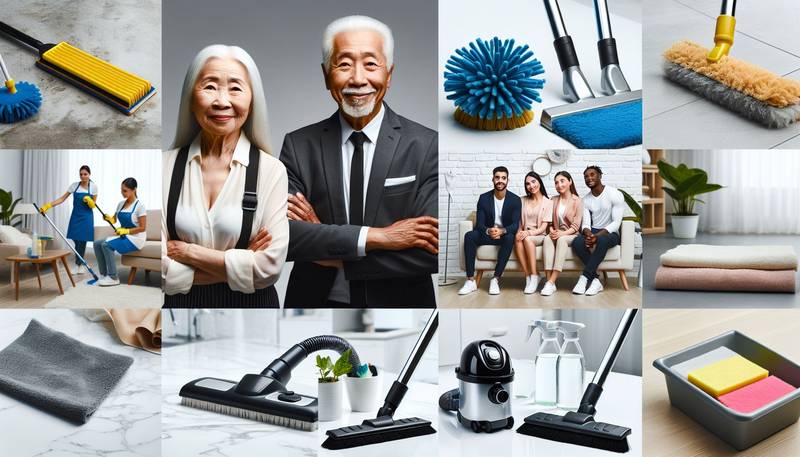Cleaning Safety 101: Essential Tips to Protect Yourself and Your Clients
By following essential safety tips and guidelines, you can ensure a safe and healthy cleaning environment for everyone involved.
Personal Protective Equipment (PPE)
One of the most important aspects of cleaning safety is wearing appropriate personal protective equipment (PPE). This includes gloves, goggles, masks, and aprons to protect yourself from exposure to harmful chemicals and pathogens. Always ensure that you have the necessary PPE before starting any cleaning task.
Proper Handling of Chemicals
When using cleaning chemicals, it is essential to read and follow the manufacturer's instructions carefully. Make sure to dilute chemicals as recommended and never mix different chemicals together, as this can create toxic fumes. Always store chemicals in their original containers and keep them out of reach of children and pets.
Ventilation
Proper ventilation is crucial when using cleaning chemicals to prevent the buildup of fumes and toxins in the air. Open windows and doors to allow fresh air to circulate, especially when using strong chemicals like bleach or ammonia. If possible, use exhaust fans to further improve air quality during cleaning tasks.
Slips, Trips, and Falls
Slips, trips, and falls are common hazards in the cleaning industry. To prevent accidents, always keep floors clear of clutter, spills, and obstacles. Use caution signs to warn others of wet surfaces and mop up spills immediately. Wear non-slip shoes with good traction to reduce the risk of slips and falls.
Lifting and Handling Heavy Objects
As a cleaner, you may be required to lift and move heavy objects like furniture and equipment. To prevent injuries, use proper lifting techniques such as bending your knees, keeping your back straight, and lifting with your legs. Avoid overexerting yourself and ask for help when needed.
Electrical Safety
When using electrical appliances like vacuum cleaners and floor scrubbers, it is important to inspect cords and plugs for any damage before use. Do not use damaged equipment and always unplug appliances when not in use. Avoid using electrical appliances near water to prevent the risk of electric shock.
Fire Safety
Cleaning chemicals and equipment can pose a fire hazard if not handled properly. Avoid smoking or using open flames near flammable chemicals and materials. Have a fire extinguisher nearby in case of emergencies and know how to use it correctly. Implement a fire safety plan and conduct regular drills with your team.
Ergonomics
Cleaning tasks can be physically demanding and repetitive, leading to musculoskeletal injuries over time. To prevent strain and fatigue, alternate tasks to avoid overworking certain muscle groups. Use ergonomic tools and equipment to reduce strain on your body, such as adjustable mops and vacuums.
Infection Control
In the current global health crisis, maintaining proper infection control measures is more important than ever. Clean and disinfect high-touch surfaces regularly, such as doorknobs, light switches, and handles. Wash your hands frequently and encourage clients to do the same to prevent the spread of germs.
Conclusion
Cleaning safety should be a top priority for professional cleaners to protect themselves and their clients from potential hazards and risks. By following essential safety tips and guidelines, you can create a safe and healthy environment for everyone involved in the cleaning process. Remember to prioritize personal protective equipment, proper handling of chemicals, ventilation, and other safety measures to ensure a successful cleaning experience. Stay safe and clean on!
